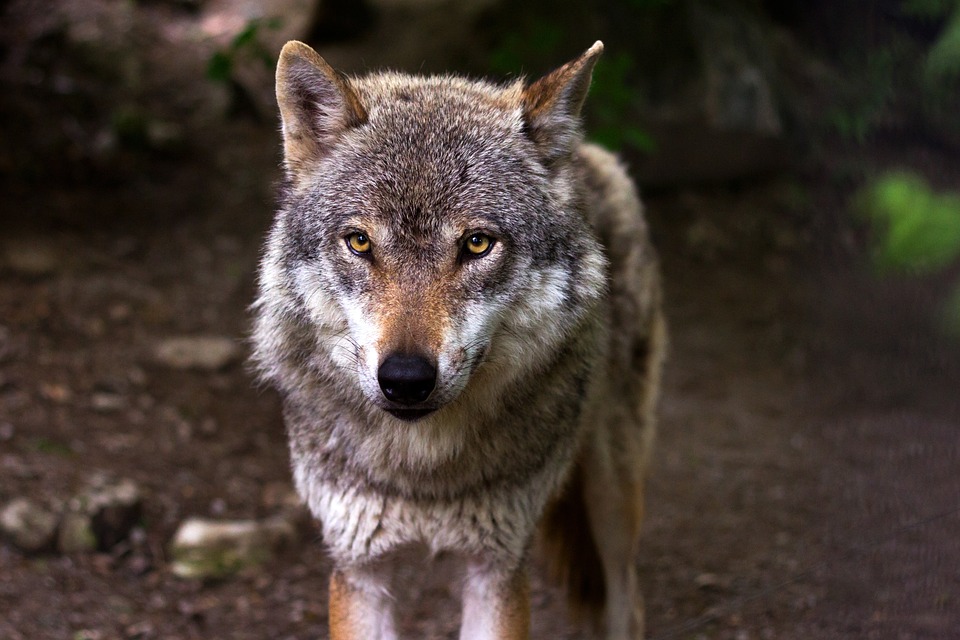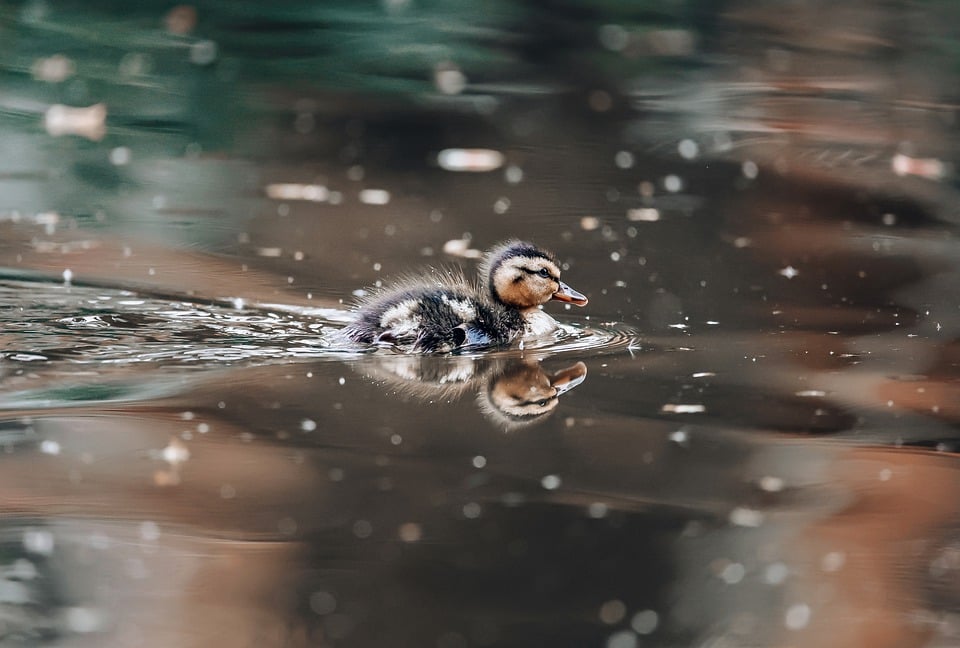The COVID-19 pandemic has brought the world to a standstill, affecting millions of people and causing widespread devastation. While the virus that causes COVID-19, SARS-CoV-2, is known to primarily infect humans, a recent study by Virginia Tech scientists has revealed that the virus is also widespread in wildlife.
The study, led by Dr. Kevin Lahmers and his team at Virginia Tech’s Department of Biomedical Sciences and Pathobiology, found evidence of SARS-CoV-2 in a variety of wildlife species, including white-tailed deer, raccoons, and mink. This discovery raises concerns about the potential for the virus to spill back into human populations or to create new reservoirs in wildlife.
One of the key findings of the study is that the virus can infect a wide range of animal species, not just those closely related to humans. This suggests that the virus has the potential to establish itself in wildlife populations and pose a long-term threat to both animal and human health.
The researchers collected samples from wildlife populations in Virginia and found that a significant number of animals tested positive for SARS-CoV-2. This indicates that the virus is circulating in wildlife populations and has the potential to spread to other animals and humans.
The implications of this discovery are significant. If the virus becomes established in wildlife populations, it could create new reservoirs of infection that could lead to the emergence of new variants of the virus. This could complicate efforts to control the spread of COVID-19 and potentially lead to new outbreaks in humans.
In addition to the potential health risks, the presence of SARS-CoV-2 in wildlife raises important questions about the origins of the virus. Understanding how the virus spreads between species and the factors that contribute to its transmission is crucial for preventing future pandemics.
The researchers are continuing to study the prevalence of SARS-CoV-2 in wildlife and are working to better understand the implications of their findings. They are also collaborating with wildlife conservation organizations and public health agencies to develop strategies for monitoring and controlling the spread of the virus in wildlife populations.
Overall, the study by Virginia Tech scientists highlights the need for increased surveillance and research into the transmission of SARS-CoV-2 in wildlife. By understanding how the virus spreads between species, we can better protect both animal and human populations from the threat of future pandemics.





